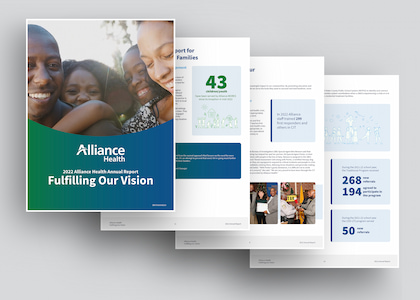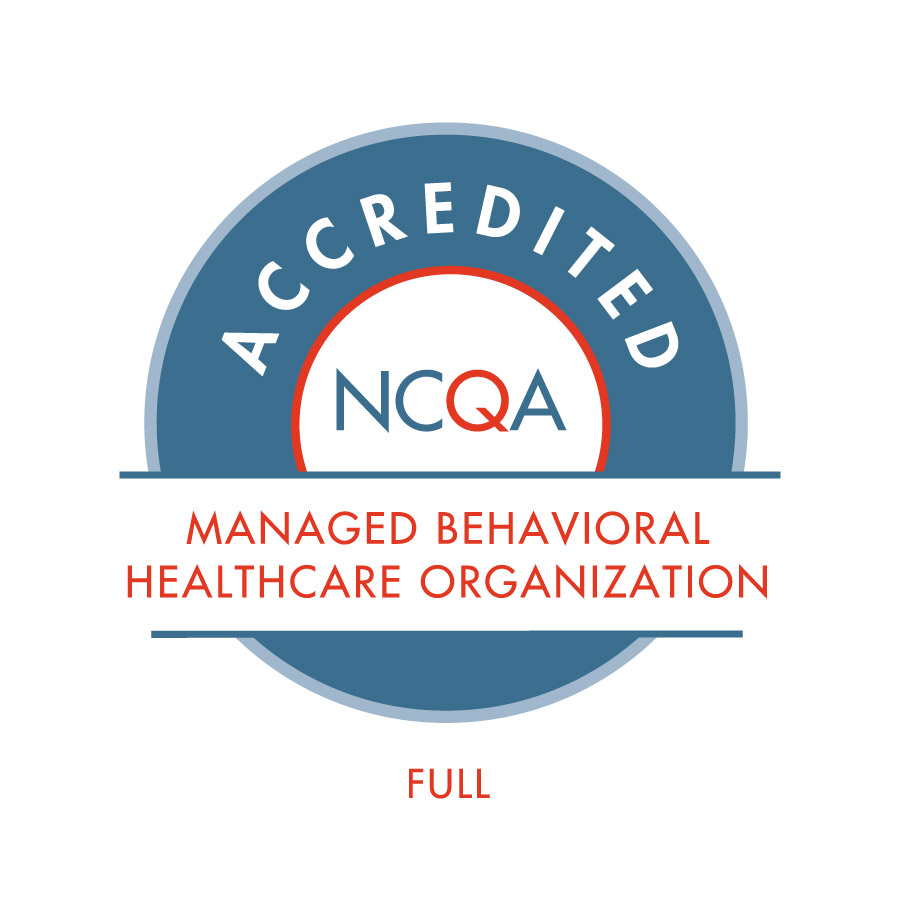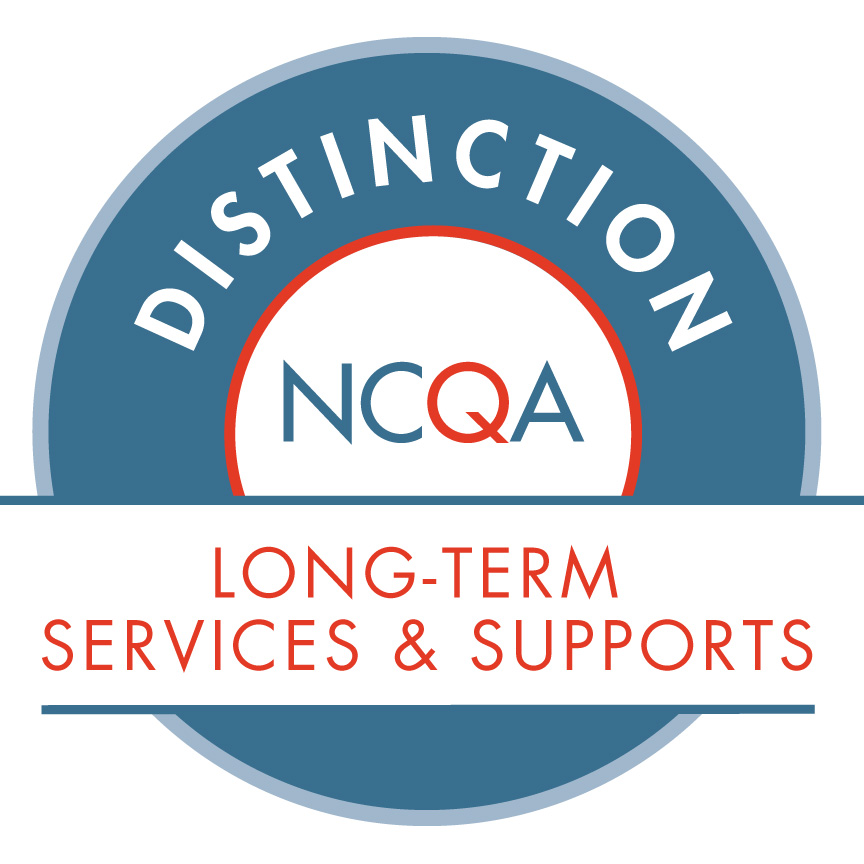Alliance Health has established recognized screening instruments to support providers in the early identification and diagnosis of individuals experiencing co-occurring mental health and substance use disorders. These instruments are tools to be used to inform providers and practitioners in developing whole-person care with members receiving MHSUD services.
Eligible members are identified as members receiving services with a mental health or substance use provider in Alliance Health’s Provider Network. Mental health providers should complete a substance use screening as part of their intake and assessment process. Substance use providers should complete a mental health screening during their intake and assessment process. Providers and practitioners are encouraged to use more than one screening tool as needed and appropriate.
Screenings and Frequency
The following screening instruments have been reviewed by Alliance Health’s Committee on Provider Quality for use. This committee consists of network provider representatives, network clinicians, and internal Alliance Health employees. Screening instruments are evidenced-based and/or considered best practices. The committee reviews and updates this screening program at least annually, and as needed when new research, evidence, and/or information becomes available.
Co-Occurring MH-SUD Diagnoses Screening Program
| Screening | Who is Eligible | Conditions for Application | Appropriate Ages | How Many Questions | Who Completes | Frequency | Where to Access |
|---|---|---|---|---|---|---|---|
| AUDIT | Anyone suspected of alcohol disorders | Suspected alcohol disorders | Adolescents-adults | 10 | Health professional or paraprofessional | As needed when problem use suspected | Alcohol Use Disorders Identification Test (AUDIT) |
| CAGE-AID | Any adult member receiving a CCA | All MH members | Adults | 4 | Clinician | At initial assessment, or if SUD suspected | |
| Child Behavior Checklist (CBCL) | Children and adolescents (6-18 years old) | To assess grief/loss and anxiety/mood | 6-18 years old | 120 | Parents or caregiver | Every 6 months | The National Child Traumatic Stress Network |
| DAST | Any adolescent or adult receiving a CCA | All MH members | Older youth and adults | 10 | Patient | At initial assessment, or if SUD suspected | European Monitoring Centre for Drugs and Drug Addiction |
| GAD-7 | Available in English and Spanish | Any suspicion that anxiety is present or playing a role in presenting problem | 18+ but has been used in 11-17 | 7 | Patient | No recommendation provided | Center of Excellence for Integrated Health Solutions |
| Kessler 10 | Any adult; available in multiple languages | To measure psychological distress | Adults | 10 | Clinician or patient determined by version used | No recommendation provided | National Comorbidity Survey |
| Kessler 6 | Any adult; available in multiple languages | To measure psychological distress | Adults | 6 | Clinician or patient determined by version used | No recommendation provided | National Comorbidity Survey |
| MDQ | Outpatient setting; Primary care patients receiving treatment for depression | To screen adults for bipolar disorder | Adults | 15 | Patient | No recommendation provided | Center of Excellence for Integrated Health Solutions |
| MHSF-III | Adults in SUD settings | Designed for MH screening in SUD settings | Adults | 18 yes/no | Clinician or patient | Screening upon admission to SUD programs | MHSF-III |
| Parent Stress Index (PSI) | Children through 12 year olds; typically in outpatient settings including pediatric practices | Screening and triage measure for evaluating parenting system | Children under 12 years old | 101 items | Parents or caregiver | No recommendation provided | American Psychological Association |
| PC-PTSD | Any adult | Designed for universal use in VA primary care settings | Adults | 5 | Clinician or patient | No recommendation provided | US Department of Veteran Affairs |
| PHQ-9 | Available in English, Spanish and many other languages | Any suspicion of depression; good practice for primary care screenings | 18+ but has been used in children as young as 12 | 9 | Patient | No recommendation provided | PHQ Screeners |
| SNAP-IV | Children and adolescents (6-18 years old) | To screen children and adolescents for ADHD | 6-18 years old | 18 | Teacher and parent | No recommendation provided | SNAP-IV Teacher and Parent Rating Scale |
TIP: Use the scroll bar to ensure you are seeing the entire table.
Communication and Notifications
Alliance distributes information regarding screening programs on the Alliance website, community events, bulletins, notifications, and other methods as appropriate and available. Providers will be informed of the screening upon enrollment and at least annually thereafter. Changes to existing screening programs may be disseminated to the providers and practitioners by memo, updates, or newsletters distributed by the Network Operations Department. Changes may also be communicated during all-provider meetings and/or collaboratives or other ways, as appropriate.
For technical support regarding these screening instruments, please contact Alliance Health.
Feedback and Input
In addition to the Committee on Provider Quality, Alliance Health welcomes feedback and input from all stakeholders – including providers, practitioners, members, and caregivers.
Alliance Health also encourages providers and practitioners to share information regarding other tools they may use in practice to be considered by the committee for future updates. Stakeholders can provide feedback through our Access and Information Line at (800) 510-9132 or by emailing [email protected].





